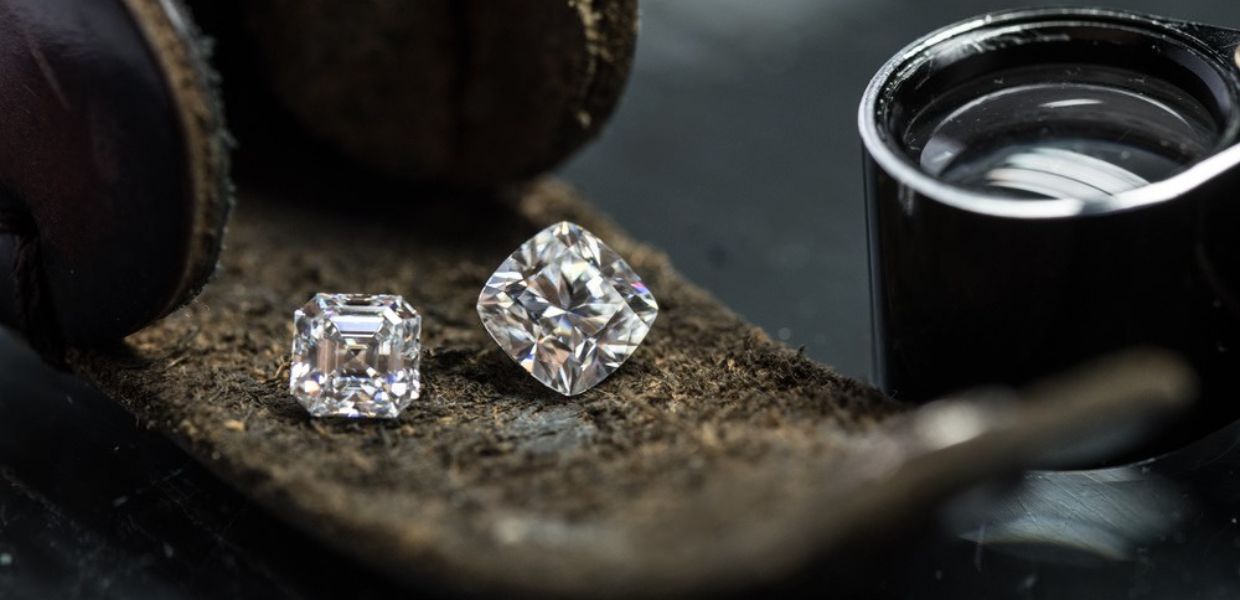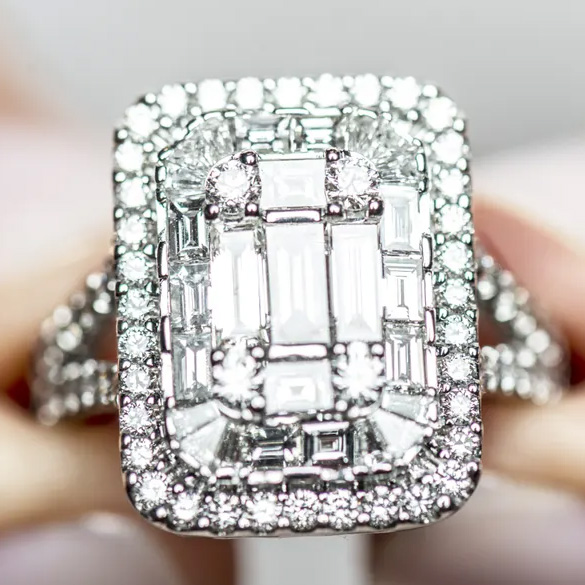In this article, you will learn:
A professional jewelry appraisal is crucial if you want to sell, insure, or verify the authenticity of your valuables. This process is not just about estimating the value—it is a precise analysis conducted by an experienced appraiser who assesses the quality of the metal, gemstones, and the overall condition of the jewelry.
What exactly does the appraisal procedure look like? What tools and techniques are used? Here’s what you can expect when submitting your valuables for an expert evaluation.
Key Stages of the Jewelry Appraisal Process
| Appraisal Stage | Process Description | Analysis Methods |
| Document Verification | Checking certificates and jewelry hallmarks | Document analysis, hallmark identification using a specialized loupe |
| Precious Metal Assessment | Determining the type and purity of the metal | Touchstone method, spectrometer |
| Gemstone Evaluation | Assessing diamonds based on the 4Cs, as well as other gemstones | Gemological microscope, loupe |
| Quality of Workmanship | Evaluating craftsmanship, condition, and precision of stone setting | Optical and microscopic examination |
| Market Value Determination | Considering the demand, uniqueness, and current trends | Market analysis |
Detailed Steps of the Jewelry Appraisal Process
1. Verification of Documentation and Jewelry Markings
If the jewelry comes with a certificate, the appraiser first examines this document. Over time, modifications may have been made to the jewelry—such as gemstone replacements due to loss. The appraiser checks whether the certificate data remains valid. Additionally, jewelry hallmarks—including assay marks and brand signatures—are identified to determine the country of origin and production period, which impact the item’s value.
2. Assessment of Precious Metal Quality
The appraiser determines the type of precious metal and its purity. The most commonly tested metals include:
- Gold – Purity levels: 333, 585, 750, 916, and 999
- Silver – Purity levels: 800, 925, 999
- Platinum – Purity levels: 850, 900, 950
The analysis uses the touchstone method or a spectrometer, which provides an accurate breakdown of the alloy’s composition.
3. Evaluation of Gemstones – Diamonds, Sapphires, Rubies, and More
Diamonds set in jewelry are assessed based on the 4Cs principle:
- Carat (Weight) – The more significant the stone, the higher its value.
- Color – Colorless diamonds are the most valuable.
- Clarity – Fewer inclusions increase the gemstone’s worth.
- Cut – A perfect cut enhances the brilliance and aesthetics of the stone.
Appraisers use gemological microscopes and other advanced tools to detect imitations, determine the country of origin, and identify gemstone treatments.
4. Examination of Craftsmanship and Condition
Jewelry value depends not only on the materials used but also on its workmanship. The appraiser evaluates:
- Precision of cutting and stone setting
- Technical condition – Checking for any damages
- The uniqueness of the design – Some jewelry designs have collectible value
5. Determining Market Value and Preparing the Report
Based on the conducted analyses, the appraiser compiles an appraisal report, which includes:
- Material and craftsmanship descriptions
- Weight of gemstones and metal
- Market value, considering trends and demand
- Recommendations for insurance or sale
Summary
A professional jewelry appraisal is a process that requires expertise and access to specialized tools. An expert evaluation accurately determines jewelry value, essential for selling, insuring, estate division, or purchasing luxury items.If you want to ensure the authenticity and worth of your valuables, consulting a certified appraiser is a worthwhile investment—it offers both security and peace of mind.

